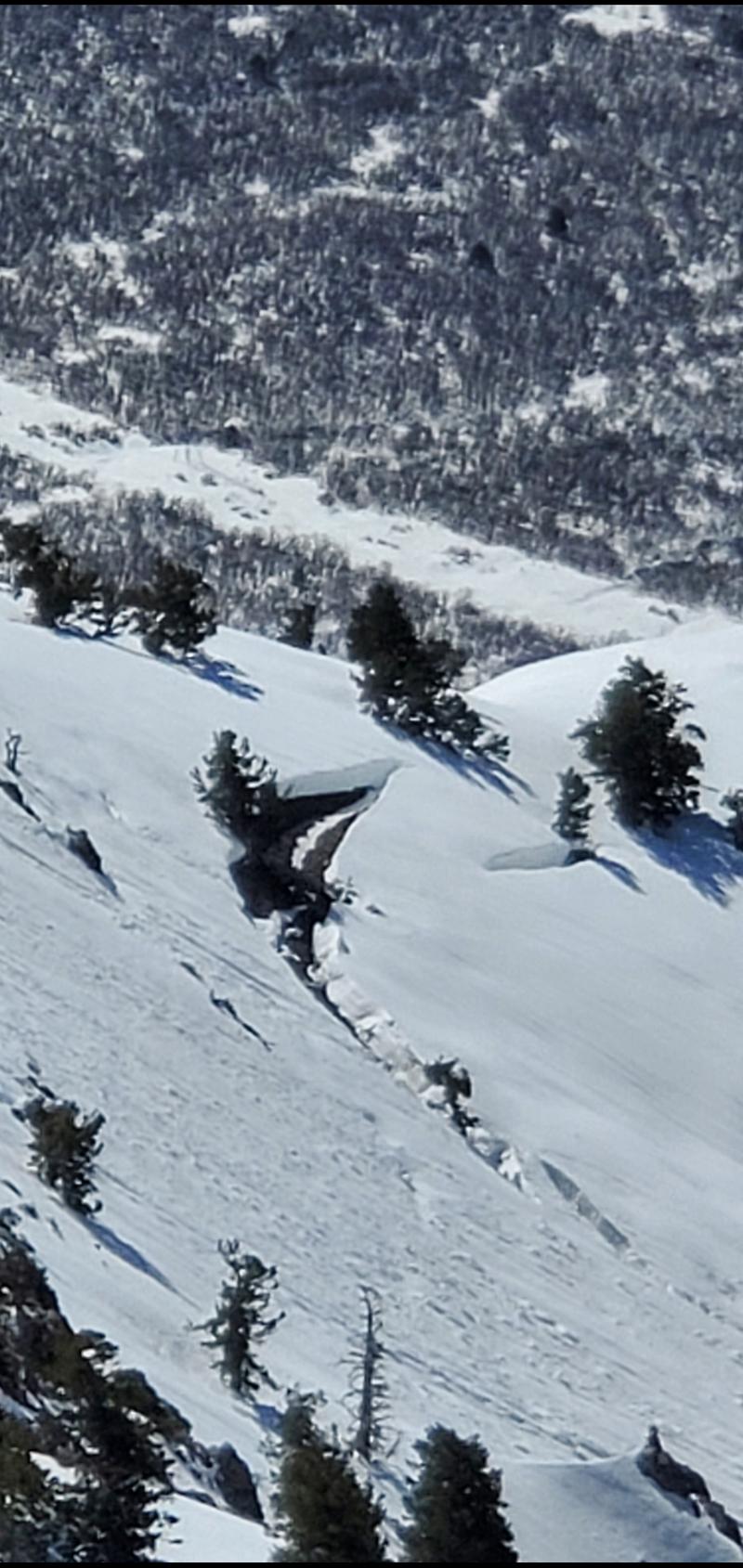Forecast for the Ogden Area Mountains

Issued by Dave Kelly on
Monday morning, April 17, 2023
Monday morning, April 17, 2023
The avalanche danger will rise to MODERATE on solar aspects and low elevation northerly facing slopes as springtime sun and warm temperatures heat the surface.
The avalanche danger is LOW on upper and mid-elevation north facing slopes that will receive less daytime sun. If the wind does not keep the snow surface cool there is a chance that the avalanche danger will rise to CONSIDERABLE on solar aspects this afternoon.
The avalanche danger is LOW on upper and mid-elevation north facing slopes that will receive less daytime sun. If the wind does not keep the snow surface cool there is a chance that the avalanche danger will rise to CONSIDERABLE on solar aspects this afternoon.
Be prepared to adapt to changing weather and snow conditions. As soon as you or your machine start to trench into the snow it is time to get off of and out from under steep solar aspects.

Low
Moderate
Considerable
High
Extreme
Learn how to read the forecast here









